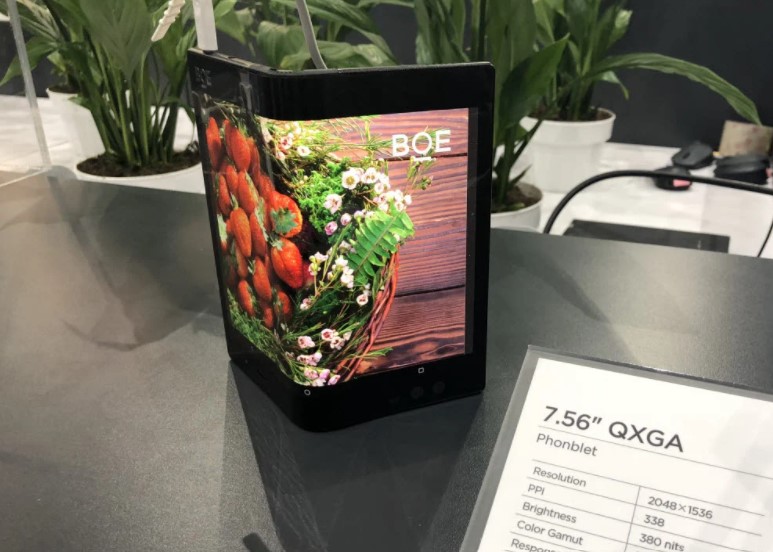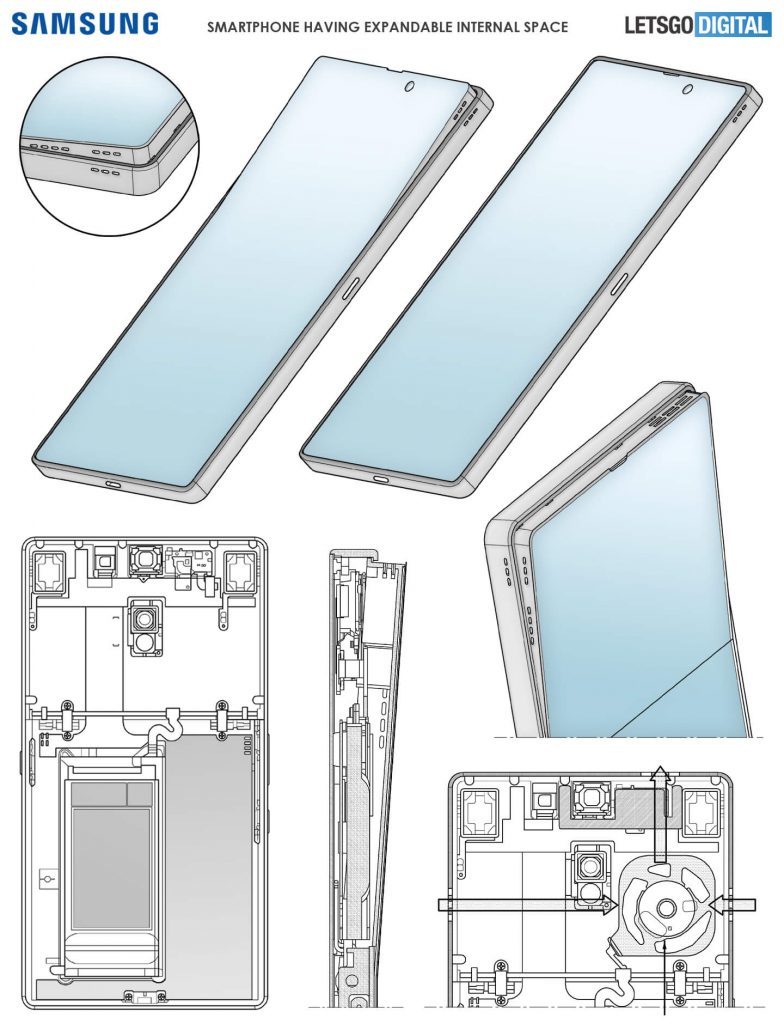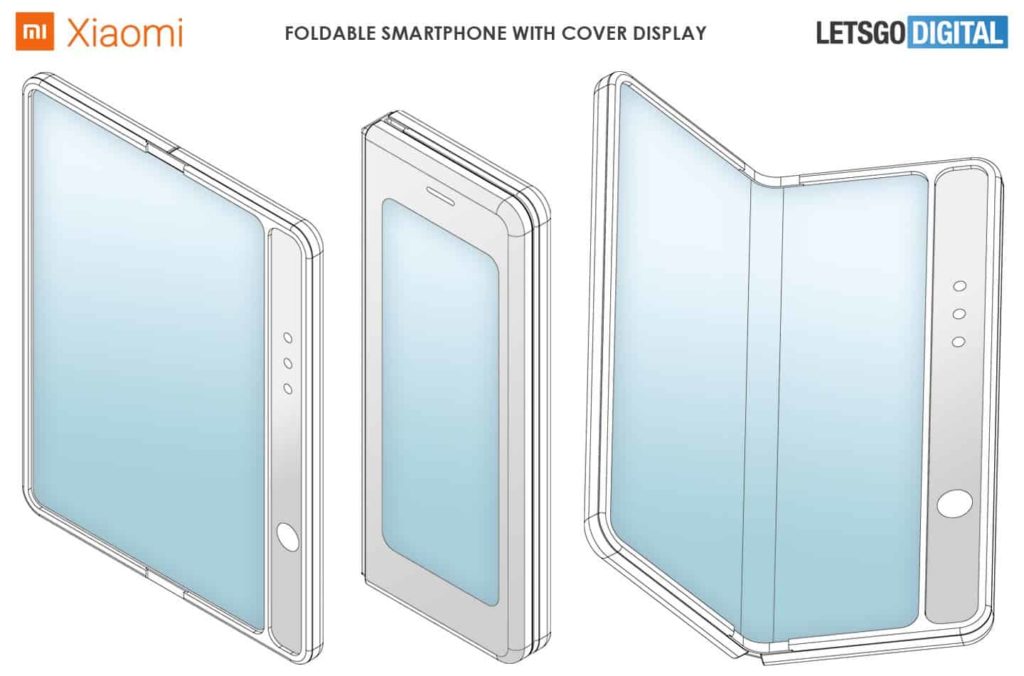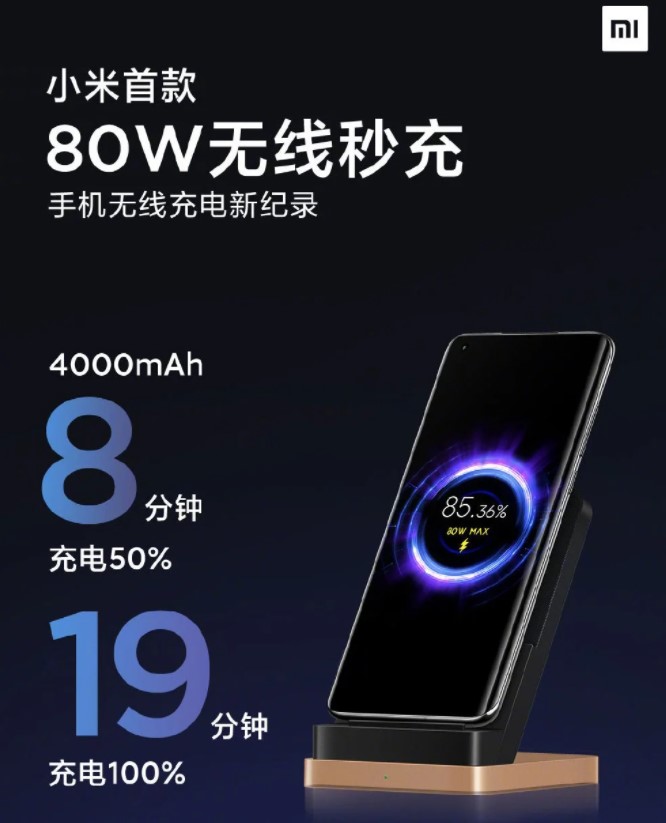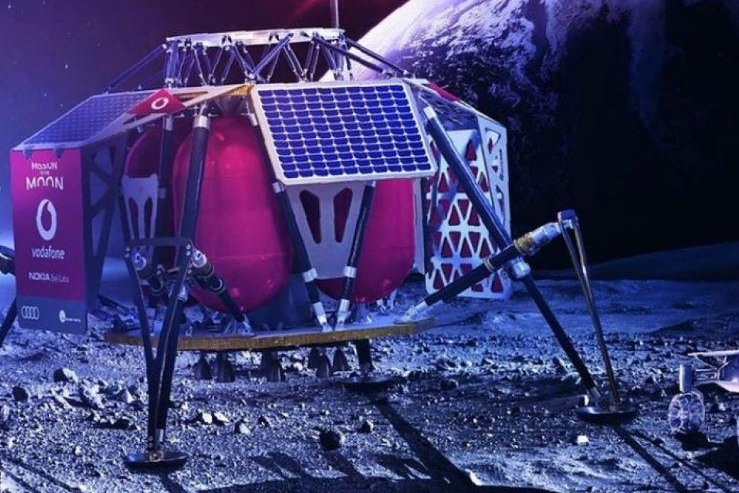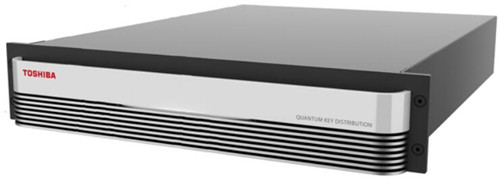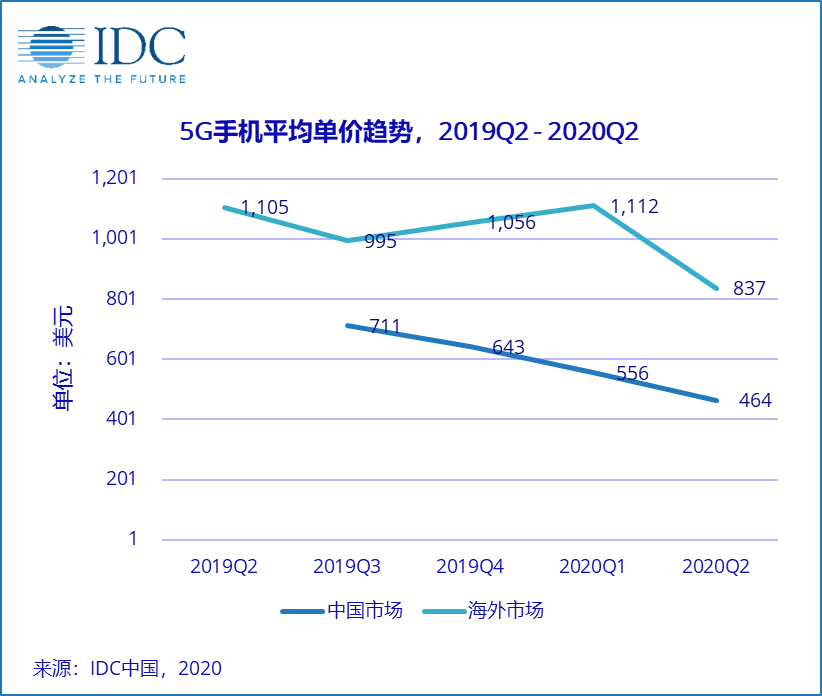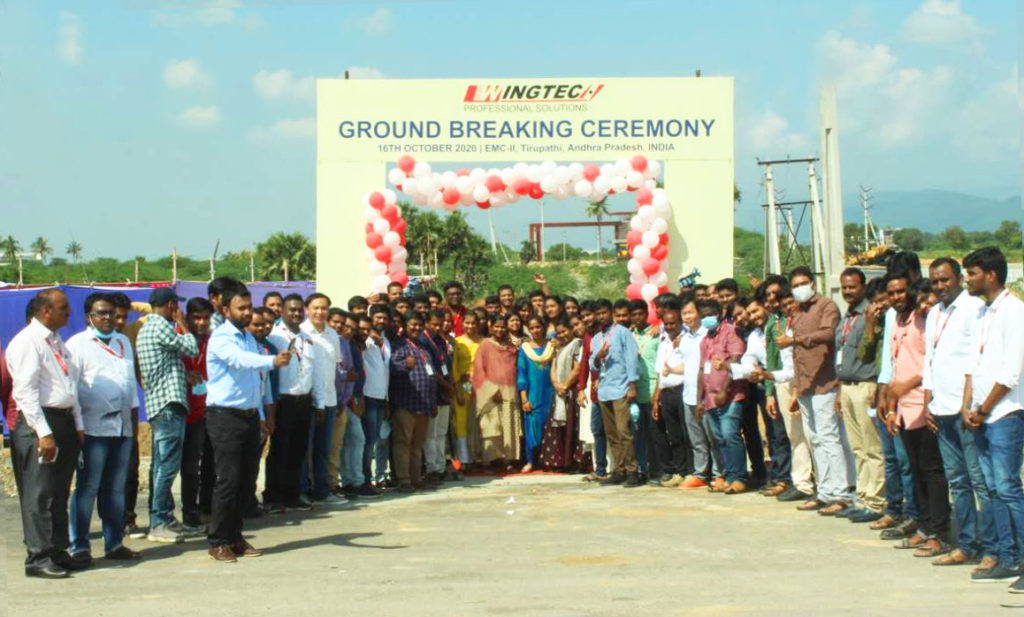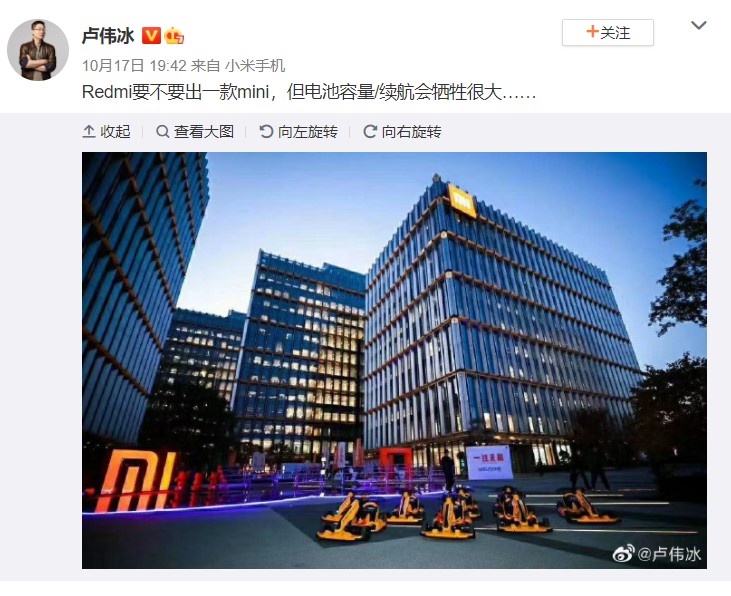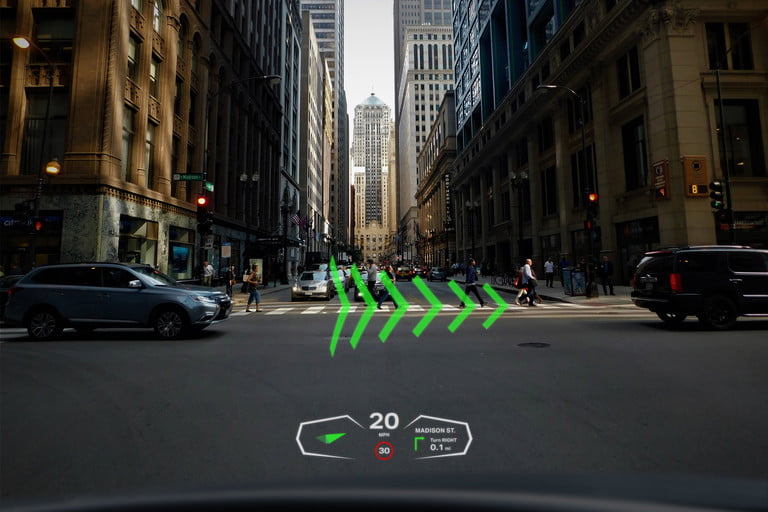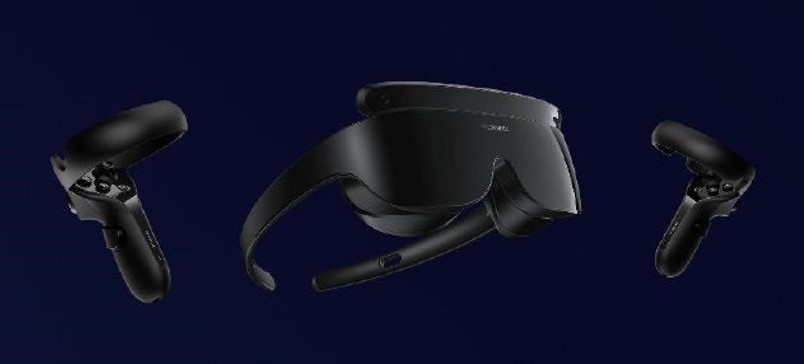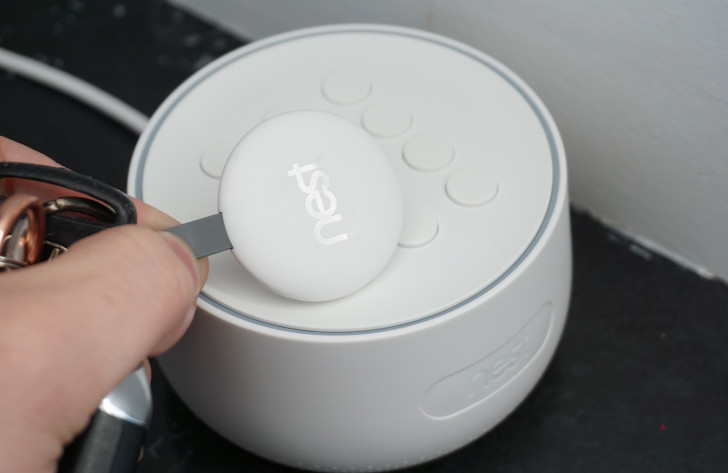
10-20 #Hurts: Samsung is allegedly working on an Exynos chipset featuring an AMD GPU; BOE is planning on entering the commercial market for ultra-thin glass (UTG); SK Hynix will pay USD9B for the Intel NAND memory and storage business; etc.
Samsung is allegedly working on an Exynos chipset featuring an AMD GPU. The said processor goes by the internal model number Exynos 9925. To recall, the Exynos 990 has the internal model number Exynos 9830, while its upcoming successor – Exynos 2100 – has the model number Exynos 9840. (Android Headlines, Twitter)
BOE is planning on entering the commercial market for ultra-thin glass (UTG). It is seeking to cooperate and meet with several domestic UTG related materials suppliers, part makers, and equipment manufacturing companies as well. BOE is planning on mass producing 20M foldable panels, and has proposed cooperation for mass production of UTG. (Gizmo China, ET News, OfWeek)
Samsung’s patent shows that the company wants to create a speaker resonance chamber inside a phone. It explains that the phone will consist of separate front and rear panels. The speakers, microphone/s, selfie camera, and other sensors will be sandwiched between the two panels. These components will be attached to the front panel and pop-out from the housing with the flexible screen. (Android Authority, LetsGoDigital, CN Beta)
Xiaomi’s patent shows a foldable smartphone where the flexible display folds into the body. On the outside, there is an additional display with a diagonal of 4.6” with a fairly massive frame. The main camera on the back is 3-piece. (CN Beta, GizChina, LetsGoDigital)
SK Hynix will pay USD9B for the Intel NAND memory and storage business, which includes the NAND SSD business, the NAND component and wafer business, and the Dalian NAND memory manufacturing facility in China. Intel will retain its Intel Optane business and intends to invest transaction proceeds in long-term growth priorities. (GSM Arena, SK Hynix, WSJ, CN Beta)
Xiaomi announces 80W wireless charging technology that fully charges 4000mAh battery in 19 minutes. It takes around 8 minutes to reach the halfway mark in terms of charging. (Gizmo China, The Verge, Yicai, CN Beta)
NASA will fund a project by Nokia to build a 4G cellular communication network on the moon with USD14.1M. That project is part of USD370M in new contracts for lunar surface research missions. Most of the money went to large space companies like SpaceX and United Launch Alliance to perfect techniques to make and handle rocket propellant in space. (Gizmo China, UPI)
Toshiba Corporation has announced it will start providing quantum key distribution (QKD) platforms and commence deployment of a system integration business in 1Q21. In Japan, Toshiba Digital Solutions Corporation (TDSL) has been awarded the contract from the National Institute of Information and Communications Technology (NICT) to deploy and manage the QKD systems that will be installed at multiple locations on their network. Toshiba plans to deliver the system in 1Q21 and the deployment will start to roll out from Apr 2021. (CN Beta, The Quantum Daily,Toshiba)
Verizon teams up with Nokia to offer private 5G capabilities to enterprises in Europe and Asia-Pacific. Private 5G will enable organizations to deliver mission critical and real-time capabilities. Announcement marks Verizon’s continued investment in 5G and network-as-a-service strategy. (Engadget, Verizon)
IDC predicts that in 2020, global 5G mobile phone shipments will be about 240M units, and the contribution of the Chinese market will exceed 160M units, accounting for about 67.7%. In the next 5 years, China will continue to occupy about half of the global market share. IDC data shows that the average unit price of 5G mobile phones in the global market in 2Q20 is USD837 (excluding tax basis, the same below), while the Chinese market is only USD464. (IDC, Laoyaoba, My Drivers)
The 456mu manufacturing center of Wingtech India Phase II was officially started, which is expected to be completed and operated in Mar 2021. It will become the largest production base of Wingtech in the world, greatly relieving the pressure of overseas delivery. Wingtech India Phase I and II manufacturing center project is located in Andhra Pradesh, India. (Laoyaoba, Wingtech, Wingtech)
Redmi general manager and Xiaomi executive Lu Weibing has that the Xiaomi sub-brand wants to produce a small or “mini” phone. He has also noted that battery life would be “sacrificed a lot” if they took this route. (Android Authority, Weibo, XDA.cn, Sohu)
Reliance Jio is planning to launch a 5G smartphone for less than INR5,000 (USD68) and gradually reduce the price to INR2,500-3,000 (USD34-40) a unit when it scales up the operation, according to a company official. The company will target INR20-30 crore mobile phone users who use 2G connection at present. (CN Beta, Business Today, India Times, India Today)
TF Securities analyst Ming-Chi Guo predicts that Apple iPhone 12 and 12 Pro will sell 7M-9M units in the first weekend. He believes that the pre-orders and first-weekend sales of iPhone 12 mini and 12 Pro Max will be lower than iPhone 12 and 12 Pro. Apple iPhone 11 series has 10M-12M, iPhone 6S series has 13M, and iPhone 6 series has 10M. He estimates that iPhone 12 mini, 12, 12 Pro and 12 Pro Max will account for 10-15%, 30-35%, 30-35% and 15-20% of 4Q20 shipments, respectively. (CN Beta, TF Securities)
Nokia Oyj is seeking to block Lenovo from selling products in Germany after a patent victory, escalating a fight over licensing. The action follows a 30 Sept 2020 injunction from a Munich court that bans Lenovo from selling anything using Nokia video-compression technology. Nokia has sought to enforce the ruling, which covers PCs, laptops and tablets. (CN Beta, Bloomberg, Bloomberg Quint)
Envisics has secured USD50M in series B funding led by General Motors’ venture capital unit and Hyundai Mobis to meet exponential growth in demand for augmented reality HUDs from leading automotive manufacturers. Envisics says the next generation of holographic technology is almost ready for series production and the funding will allow the company to scale its business operations globally. (Digital Trends, Bloomberg, VR WorldTech)
Huawei has unveiled the Huawei VR Glass 6DOF game set. Using the Inside-out positioning method, the spatial displacement accuracy reaches the industry-leading millimeter level, bringing more precise sensing capabilities. The game set adopts ergonomic design and is equipped with a 360º joystick and side gesture buttons. (Gizmo China, Patently Apple, IT Home, CN Beta)
Google released the Nest Guard in 2017 as a simple security system with motion sensors and a keypad, but it never received an upgrade. Google has confirmed that the Nest Guard is discontinued, though it will continue functioning. (Android Authority, Android Police)
OPPO has introduced two TV models namely OPPO TV S1 and OPPO TV R1. OPPO TV S1 flaunts a 65” QLED panel with 4K resolution (3840×2160 pixels). The company claims the panel to cover 120% of the NTSC color gamut and offer a peak brightness of 1,500 nits. OPPO TV S1 is priced at CNY7,999 (USD1,197). The OPPO TV R1 sports a 4K LCD panel with an LED backlight. As mentioned in the beginning, it comes in 2 sizes – 55” and 65”, which are priced at CNY3,299 (USD493) and CNY4,299 (USD643), respectively. (Gizmo China, OPPO, OPPO)
Juniper Networks, a leader in secure, AI-driven networks, has announced that the company has entered into a definitive agreement to acquire 128 Technology. The deal will enhance Juniper’s AI-driven enterprise network portfolio by uniting 128 Technology’s Session Smart networking with Juniper’s best-in-class campus and branch solutions driven by Mist AI. (CN Beta, TechCrunch, Globe Newswire)



